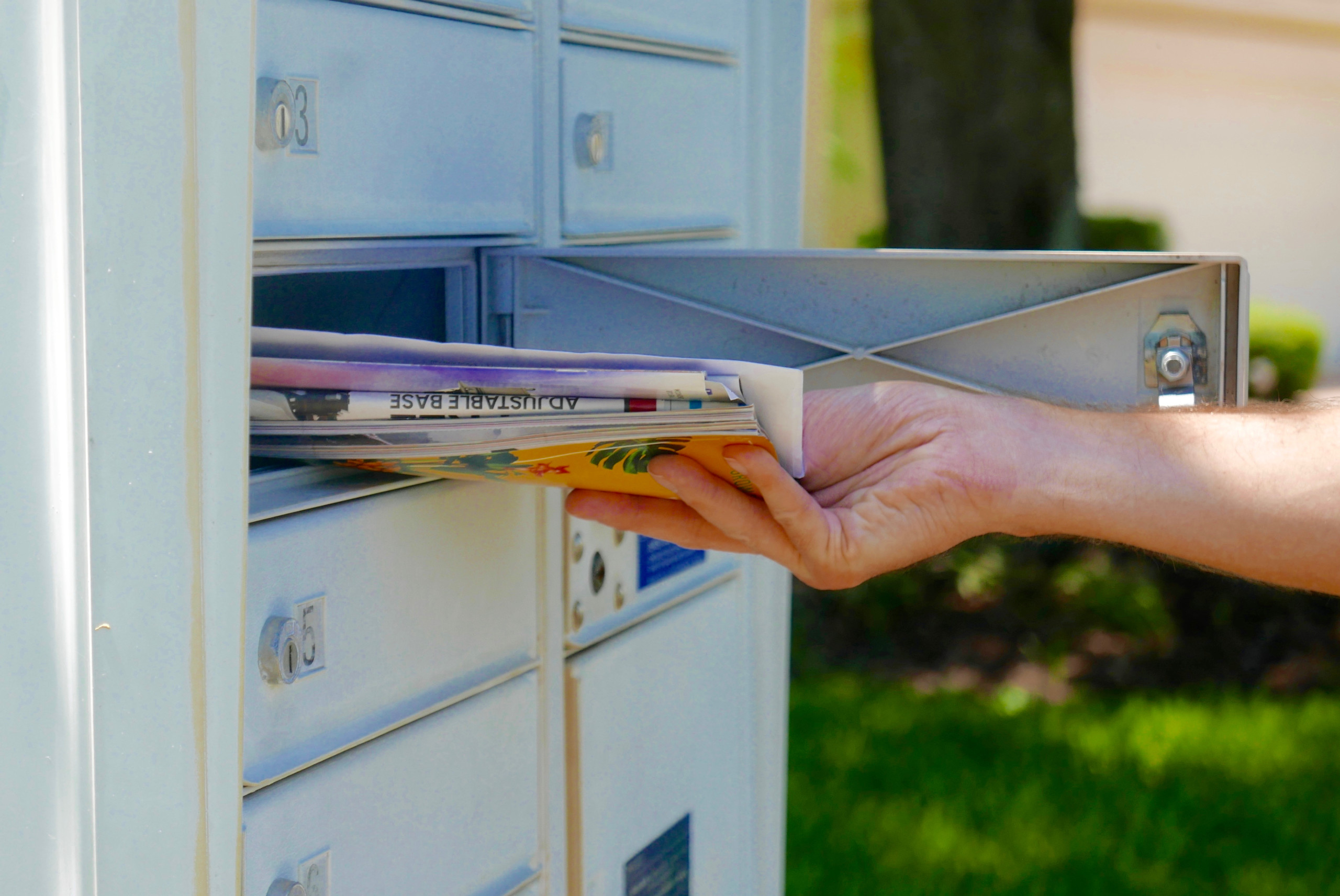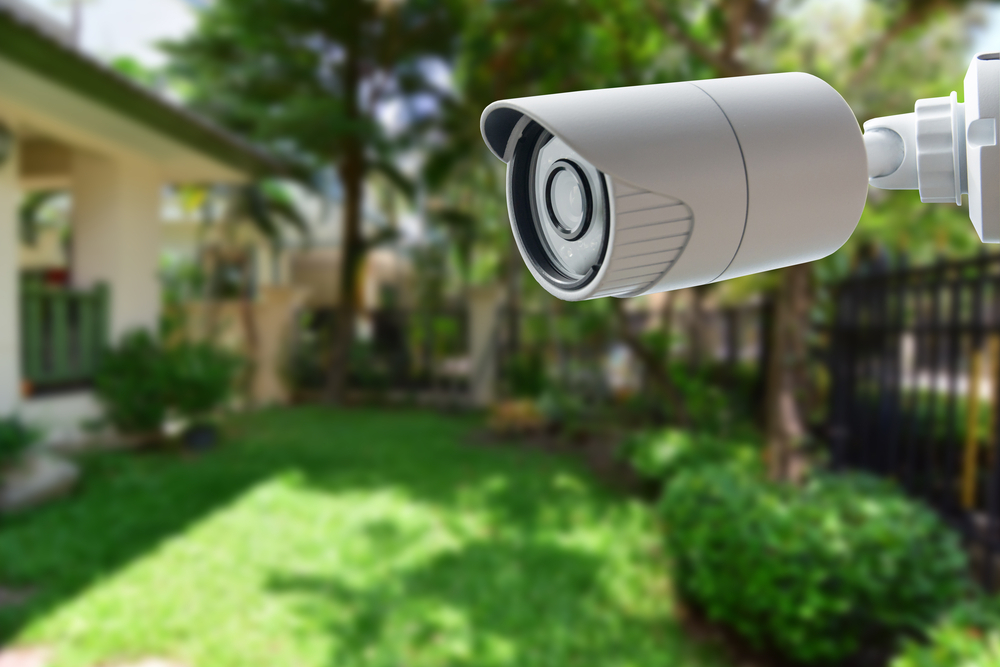How Long Does USPS Forward Mail?

Moving soon? Get organized with our free moving checklist.
If you’re planning a move, forwarding your mail is very important. You will be updating your address with your bank and any other companies you do business with, but this doesn’t help with mail that’s either already been processed or is about to be sent. It’s also extremely easy to miss one or two address changes until a month or more after the move, so you want to ensure any of those are forwarded to you as well.
It’s important to forward your mail, but the post office will not forward it indefinitely. So, how long does the USPS forward mail?
USPS mail forwarding timeline
From the time of your request, it typically takes the USPS 3-12 business days to begin forwarding your mail. It’s therefore a good idea to submit the forwarding request at least two weeks before your move if possible. This will ensure that nothing is missed in the first few days after you move.
Once mail forwarding begins, the USPS will forward most of your mail for up to one year. If your mail is sent using any of the following services, it will forward for a full 12 months from the date you specify on your change of address form:
- First-class mail
- Priority mail
- Priority mail express
- First-class package service
- USPS retail ground
- Library mail
- Media mail
This covers most of the critical mail you may receive. Newspapers, magazines, and other periodicals will only forward for around 60-days, though. So if you get a magazine subscription that you love, you’ll need to be sure you update the shipper with your new address within the first couple of months after your move.
Forwarding mail for a temporary move
If your move is temporary and you plan to return in less than a year, you can forward your mail for a shorter time. Perhaps you are attending college in another state for half the year or maintain separate homes for the summer and winter. Whatever the situation, you can forward your mail for your temporary move.
The USPS allows temporary mail forwarding for anywhere from 15 days to six months. This should cover most temporary situations, but if you are away longer than six months, you can extend your temporary forwarding for up to a year.
Keep in mind that 12 months is the maximum for temporary forwarding. So if you will be living away from your primary residence for more than a year, you may want to update all of your accounts to have mail sent directly to your temporary address.
How to request mail forwarding
You can start forwarding your mail for a permanent or temporary move by filling out a change of address form online for a $1.05 fee (or by doing it for free through Updater). If you prefer to complete the form in person, you can do so at your local post office. In either case, most of the form is simple to understand. You’ll want to pay special attention to a few things, though.
First, you must choose whether you are moving as an individual or if your entire family is moving. It’s important to make the right choice here. If you select individual forwarding, but your whole family is moving to a new address, then the USPS will only forward the mail in your name. Other family members will not have their mail forwarded in this case.
You will also select the date that your mail forwarding should begin. It’s essential to make sure you don’t choose a date after you’ve already moved. If you do, you may miss some of your mail. It typically takes seven to ten days from the forwarding date for mail to arrive at your new address, so it’s perfectly fine to choose a date that’s up to a week before your move date.
You will also specify in the change of address form whether your move is permanent or temporary. This is where you will let the USPS know how long to forward your mail if it is a temporary address change.
Aside from these notes, the rest of the form is simply a matter of entering your new and old addresses. Your identity will be verified via credit card, which completes the process. It’s fast and simple.
Forwarding mail to a PO box
If you’d rather receive your mail in a PO Box at your new location, you can establish this ahead of time. Just apply online to find the right size PO Box for you at the post office of your choice. You can reserve your box and pay online, then pick up the key in person when you get to your new residence.
Even if you eventually want to receive your mail at your new residence, a PO Box is a good option if you don’t know your new permanent address yet. For example, maybe you’re staying with friends or family while you search for your new home, but you need your mail forwarded from your old address.
Other important steps to take when changing your address
While mail forwarding is helpful during the transition to your new residence, the USPS isn’t the only organization you need to notify of your move. Here are a few of the most important to remember to notify of your address change:
- Banks. Your bank will need to know your new address as soon as possible to ensure you get all your important financial documents. For credit and debit cards, it’s also important that the billing zip code matches what you enter when you make online payments with the card. So be sure that all banks and credit card companies are up to date on your move.
- Department of Motor Vehicles (DMV). Your address is listed on your driver’s license in most states. So when you move, you’ll want to ensure this information is updated. All states and municipalities are different, so you’ll need to check to see if you’re able to update this online or if you’ll need to visit the DMV in person.
- Internal Revenue Service (IRS). The IRS will automatically update your address in their records if you’ve already moved prior to filing your taxes for the year. Just put your new address on your tax return, and you’re done. However, if you’ve already filed taxes prior to moving, you should submit form 8822 to have your address updated.
- Voter registration. If your new residence is in a new town, you’ll probably also want to register to vote in your new locale. As elections are completed based on your town of residency, you can only vote in the one area that you are registered in. So you’ll need to get that updated with the election office if you want to take part in elections.
Those are just some of the big ones, but you should make sure you’re contacting anyone you regularly receive mail from to get your address updated. When your mail is forwarded from your old address, the USPS will apply a forwarding sticker to each piece of mail. This is a good way to determine which companies you’ve already updated with and which ones are still going to your old address.
Forgot to change your address with USPS?
If you do not notify the USPS of your move, then, of course, they will not forward your mail. So what happens to your mail?
It depends on what’s happening in your old home. If nobody else has moved into your previous residence, then the mail will keep building up in your mailbox. Eventually, when it becomes overfilled, the USPS will stop attempting to deliver mail. Instead, this mail will be returned to the sender.
If someone has moved into your old home, then they may become frustrated to keep receiving mail intended for a previous resident of their home. In this situation, they should notify the USPS that the recipient no longer resides there and that mail should be returned to the sender or forwarded. However, you do run the risk of the new residents simply discarding your mail to save themselves the hassle.
The bottom line: mail forwarding is not permanent
If you’re moving, it’s important to notify the USPS by filling out a change of address form to ensure that your mail is forwarded. However, this is only a temporary measure that lasts for a maximum of 12 months for most types of mail. For your magazines, newspapers, and other periodicals, forwarding will only last for 60 days.
Therefore, you also need to make sure you update your address with banks, the IRS, the DMV, and any other organizations that send you mail. This should be accomplished as soon as possible after your move to make sure nothing slips through the cracks when your mail forwarding period comes to an end.













